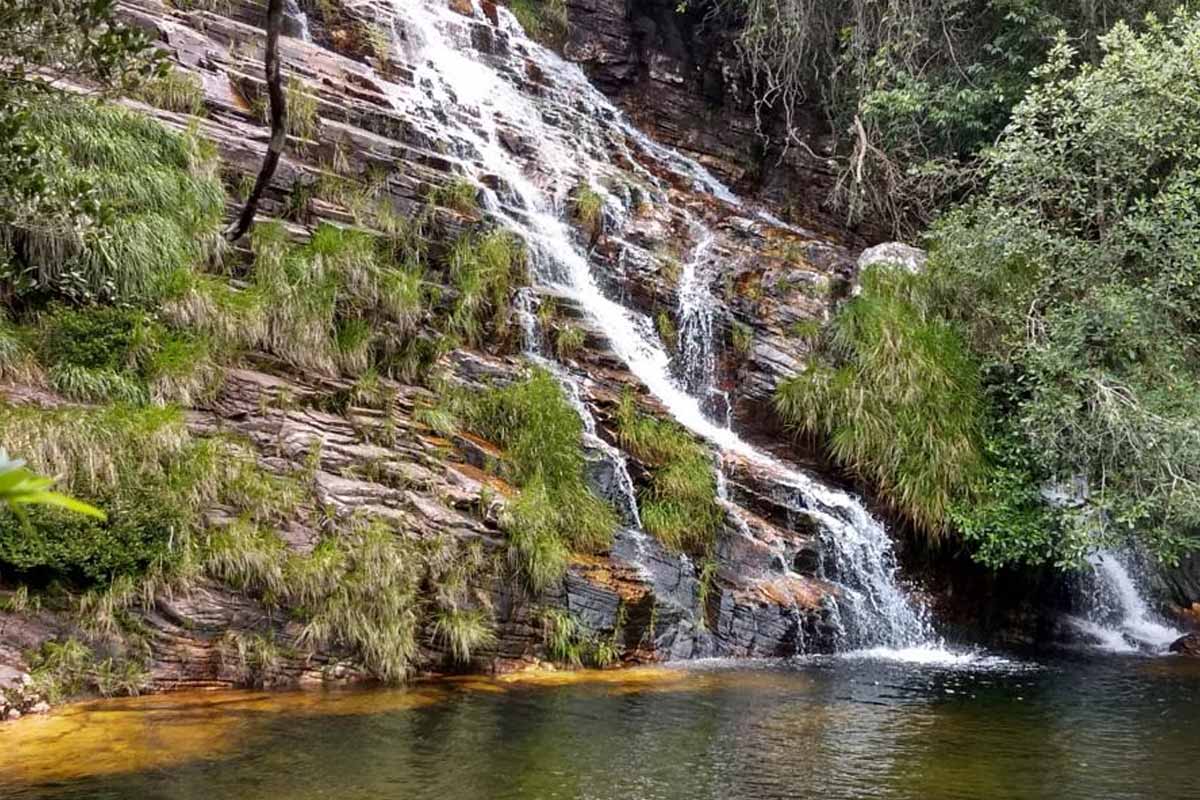Sometimes a story begins with a rare fish and ends with you seeing the ocean differently. A boat hums over clear water, sun painting ladders on the waves. Someone points, not speaking yet. Then a shadow widens, slow and certain, and a back breaks the surface. Spots scatter like stars. forgets their next breath. You expect chaos. You get calm. The animal moves as if the sea itself were lifting it. Moments like this tug at something soft and ancient. They also sharpen our attention. Because wonder is a teacher when we let it lead.
Rare fish
Wreck Bay sits off the remote northern edge of the Great Barrier Reef, quiet and far. Lately, it has changed its tone. Each year, during a short window, giant visitors gather like a secret festival. Whale sharks arrive with the patience of old travelers and the grace of drifting clouds. Scientists finally have a front-row seat to a story that kept dodging them. Field teams logged four expeditions between 2019 and 2024 and stitched a pattern together. They identified fifty-nine individuals, mostly juvenile males, cruising between eleven and twenty-six feet.
Adults can grow far larger, yet youngsters dominate coastal hangouts across the world. Call them gentle giants, not rare fish, yet this gathering reads like a rare fish tale. It is the first confirmed aggregation in eastern Australia, and the broader southwest Pacific. That single sentence reorders maps, budgets, and late-night planning sessions. Because when a place proves itself, people can finally protect it. Researchers can stop guessing and start measuring. Local skippers can align routines with science and care. Everyone wins when the mystery steps closer.
A constellation of giants
Whale sharks carry roadmaps on their backs. Dots and bars, bright and exact, like night skies you can touch. Photo-ID software treats those constellations like fingerprints and finds matches across years. Add satellite tags, and the picture sharpens. One shark first logged near Cooktown tugged the thread that led to Wreck Bay. The site is remote, and whale sharks are usually solitary. So a cluster here matters more than a postcard moment. It means food, timing, and safety are intersecting just right. Ecology and Evolution published the work, and the language stayed clear and measured. Beneath the data, you can hear relief. A place to watch. A cycle to trust. A reason to return with better questions and longer cables.
Not every discovery starts with a white lab coat. This one began with a reel, a deck, and careful eyes. Citizen photos filled gaps the instruments missed. Local knowledge narrowed the search, tide by tide. A community and a lab shared the same breath. That partnership is not a rare fish, it should be the rule.
Why November matters
Monsoon season lifts cold, nutrient-rich water toward the light. Plankton blooms, dense and dazzling, like dust in a sunbeam. Follow the food and you find the feeders. At Wreck Bay, the calendar circles late November and December. Dusk arrives, and the sharks rise, unhurried, mouth wide to filter the feast. Night work suits them. It confuses researchers and cameras, yet it protects the rhythm.
Scientists are learning the choreography one careful step at a time. A founder of a U.K. marine foundation called the approach “great,” plain and direct. He praised the blend of methods and the respect for what locals know. That respect matters more than funding sometimes. It keeps the science honest and the stories round.
Another researcher underlined the global stakes, steady and calm. Regional hubs like this help count a worldwide population that keeps slipping away. You can feel the weight of that statement even from your couch. These animals cross borders without passports. Protection must echo that freedom. Otherwise, a rare fish moment stays a moment and never becomes a future.
What the ocean asks of us
Whale sharks face a crowded list of hazards. Heat waves bleach reefs and scramble food webs. Ships strike large animals with lethal silence. Plastic drifts, breaks, and multiplies inside bellies and lists. Industrial nets do not always see what they take. Against that noise, Wreck Bay sits mostly inside highly protected zones.
Sanctuary, in the real sense, not just a pretty word. Rules slow the harm and let breath return. Still, sanctuary needs neighbors. Conservation fails without corridors and cooperation. Science helps decide where those corridors belong. Tourism, when designed with care, can pay for watches and wardens. It can also teach children to love what they might never touch.
That love becomes policy later, quietly, in voting booths and budget meetings. Small choices matter at home, too. Less plastic. Better seafood lists. Support for groups that track and guard. Stories shared without sensational fog. Real pictures over rumors. If you see a whale shark, you see the sea thinking aloud.
You see scale and softness sharing one body. You also see a mirror. We are large in our impact and gentle only by choice. Choose the second with intention. Hold that promise like a compass. Because each confirmed return to Wreck Bay is one more bright pin on that compass. And every season the giants come back, the world tilts toward hope. Let’s keep it tilting, one decision at a time, until wonder is no longer a rare fish.
